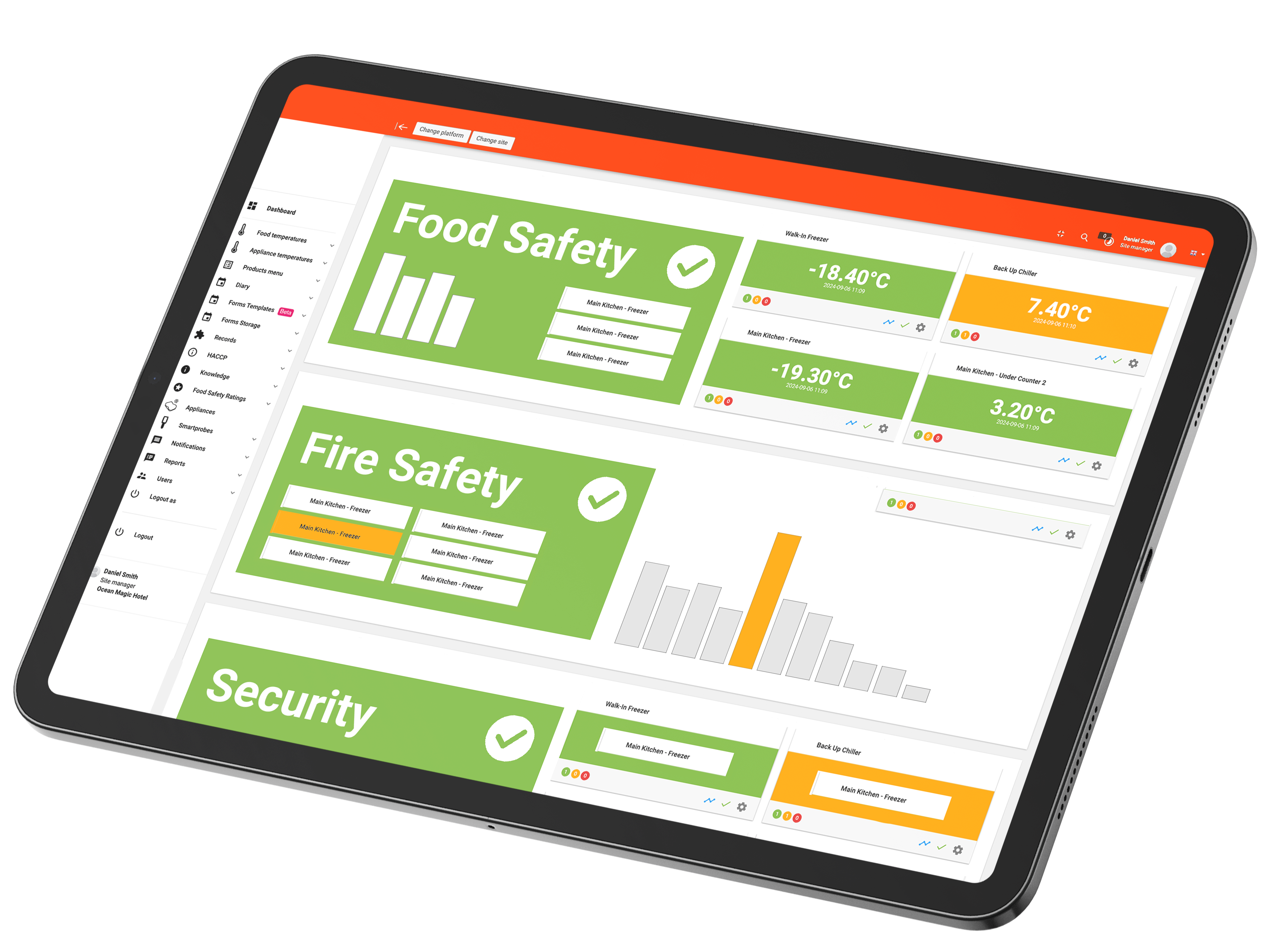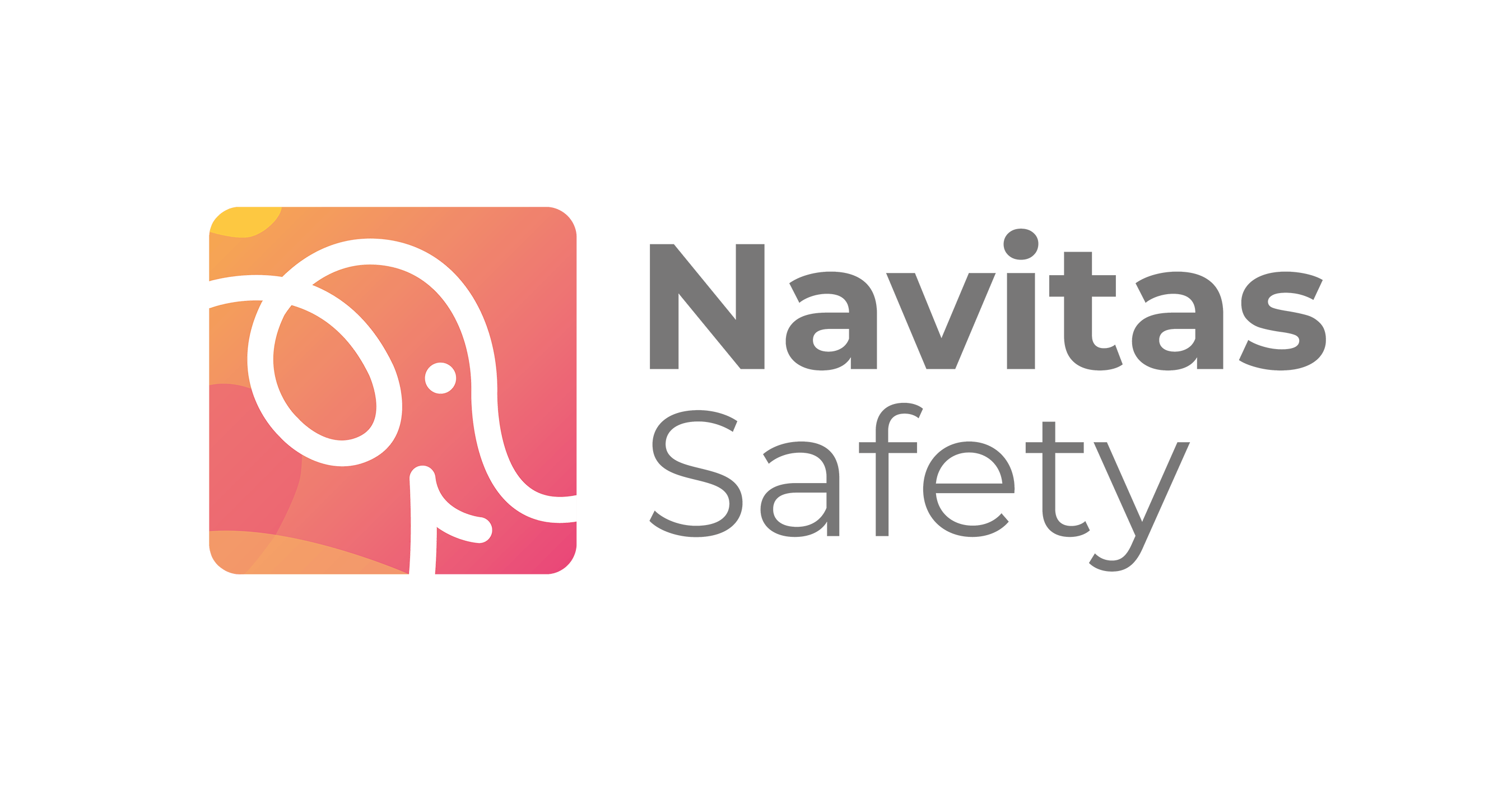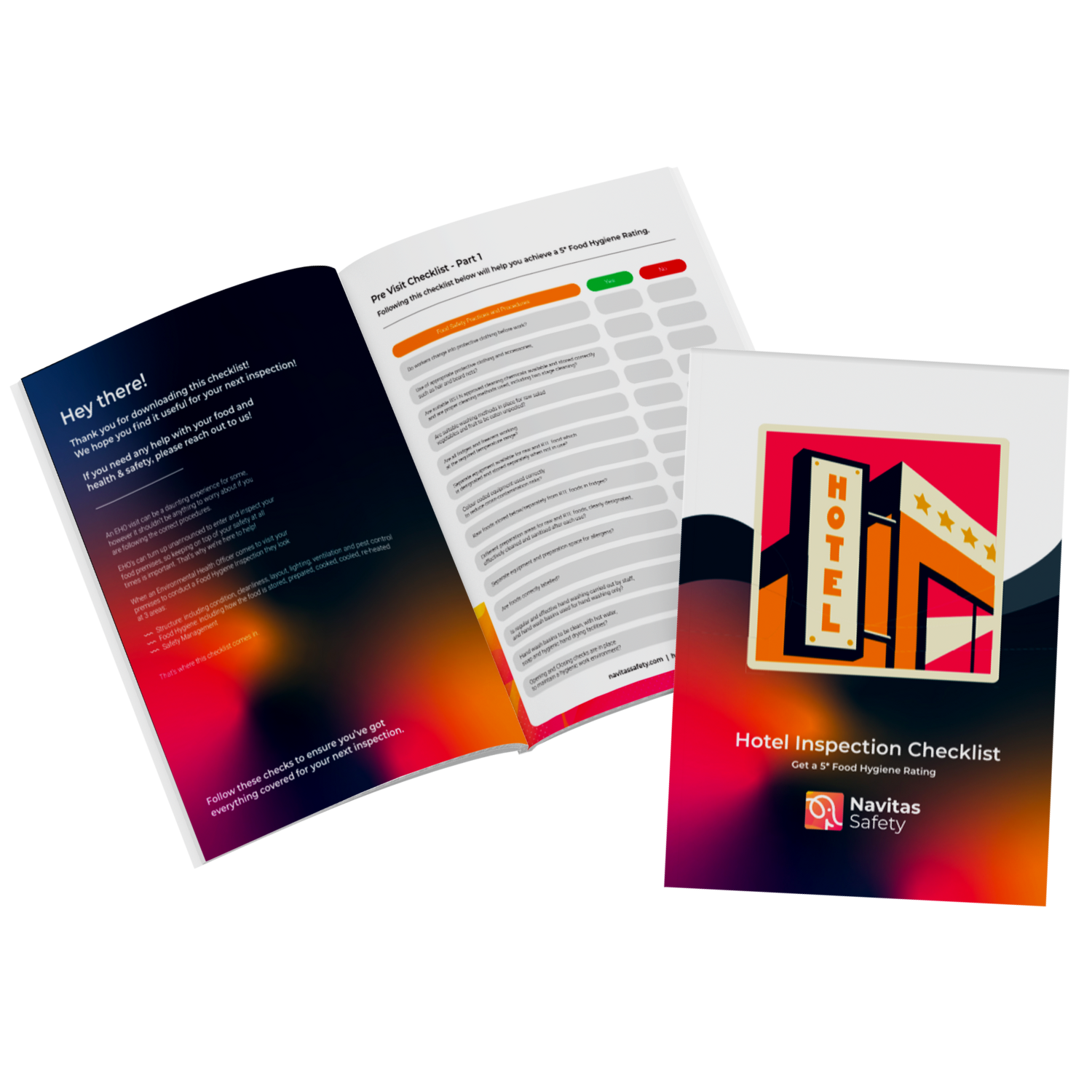A New Era of Venue Responsibility
In 2025, UK venue management changes forever. The upcoming Terrorism (Protection of Premises) Act, better known as Martyn’s Law, will require stadiums, arenas, and other large public spaces to take proactive steps to protect visitors from terrorist threats.
Named in memory of Martyn Hett, one of the 22 people killed in the Manchester Arena attack, the law places a new duty on operators to assess and reduce risks, ensuring security is treated with the same diligence as food safety or fire prevention.
For stadium managers, this means moving from reactive to resilient. And just like digital HACCP transformed food safety, smart compliance systems can do the same for venue security.

Who Falls Under Martyn’s Law?
The law applies to any premises used for public events, including:
- Sports stadia and arenas
- Exhibition and conference centres
- Large entertainment venues
- Outdoor event spaces or fan zones
Venues are categorised into two compliance tiers based on capacity:
Tier | Capacity | Requirements |
Standard Tier | 200–799 people | Low-cost, basic safety measures such as staff awareness, evacuation planning, and emergency communications. |
Enhanced Tier | 800+ people | Formal risk assessments, documented security procedures, staff training, and engagement with local counter-terrorism partners. |
(Source: ProtectUK, Home Office guidance)
Nearly every professional stadium and arena in the UK will fall into the enhanced tier.

What the Law Actually Requires
1. Risk Assessment
Venues must identify potential attack methods and assess vulnerabilities – from perimeter control to crowd movement, vehicle access, and digital systems.
A written risk assessment is mandatory for enhanced-tier venues and should include:
- Entry/exit points and queue management
- Screening procedures and CCTV coverage
- Emergency response plans
- Communication protocols with law enforcement
2. Staff Training
All relevant staff must complete counter-terrorism awareness training.
The Home Office has released free modules through the ACT Awareness e-Learning platform, which can be integrated into digital training systems like Navitas’ LMS to track completion and refresher intervals.
3. Incident Response Planning
Venues must prepare and regularly test emergency procedures, including:
- Evacuation drills
- Lockdown scenarios
- Communication during critical incidents
These drills should be logged and verified, a process easily managed via digital audit software.
4. Record-Keeping & Continuous Improvement
EHOs aren’t the only inspectors that may arrive unannounced. Under Martyn’s Law, enforcement bodies can request evidence of compliance at any time.
Digital platforms provide timestamped proof of training, risk assessments, and updates – helping managers demonstrate compliance instantly.
Implementation Timeline
The legislation was finalised in 2024, with a 24-month preparation window before full enforcement.
That gives stadiums until mid-2026 to complete risk assessments, establish training, and document security processes.
But waiting isn’t wise. Early adopters are already benefiting from reduced insurance premiums and stronger public confidence.

How Martyn’s Law Intersects with Food & Operational Safety
Safety doesn’t exist in silos. The most forward-thinking venues are integrating Martyn’s Law compliance with their existing digital safety ecosystems.
Safety Domain | Example Controls | Shared Data Advantage |
Food Safety (HACCP) | Temperature logs, allergen control | Shared training & reporting tools |
Health & Safety | Fire risk assessments, COSHH | Unified policy documentation |
Security (Martyn’s Law) | Evacuation planning, CT awareness | Centralised dashboards for oversight |
By managing all safety domains in one connected system, operators avoid duplication, maintain consistency, and create a culture of accountability.

Common Pitfalls to Avoid
- Treating security as a separate project.
Integration is key, link your security plans to existing safety frameworks. - Failing to document training. Awareness sessions without evidence won’t meet compliance. Use digital LMS tracking to record dates, attendance, and refresher completions.
- Neglecting contractor compliance. Vendors, caterers, and cleaning teams all play a role in emergency response. Extend your policies and training requirements to every partner operating on-site.
- Not testing emergency plans. Paper plans don’t save lives. Digital audit tools make it easy to schedule and record live drills.
Digital Tools for Martyn’s Law Compliance
1. Centralised Risk Register
Use a cloud-based system to log hazards, risk ratings, and mitigation actions.
Automate reminders for review dates and attach evidence (photos, policies, staff sign-offs).
2. Digital Training Tracking
Import ACT Awareness course completion data directly into your LMS. Generate quick reports for inspection or insurance documentation.
3. Audit and Incident Reporting
Create digital audit templates for Martyn’s Law requirements. When incidents occur (e.g., bag check breaches or evacuation drills), log them immediately with timestamps and follow-up actions.
4. Multi-Site Oversight
For stadium groups or multi-venue operators, digital dashboards give leadership teams visibility across every site – identifying patterns and sharing best practice.

Action Plan: 5 Steps to Get Ready Now
- Assign a Responsible Person. Nominate a compliance lead for Martyn’s Law implementation.
- Map Your Risks. Use existing safety data (crowd flow, kitchen layout, access points) as a foundation.
- Standardise Training. Enrol all staff in ACT Awareness and log completion digitally.
- Update Emergency Plans. Review and digitise evacuation and lockdown procedures.
- Audit & Improve. Conduct self-assessments quarterly and adapt as threats evolve.
Conclusion: Turning Obligation into Opportunity
Martyn’s Law isn’t just about compliance, it’s about confidence. By embedding proactive security into daily operations, stadiums can reassure fans, sponsors, and regulators that safety comes first.
And with digital compliance systems, proving that commitment has never been easier.










